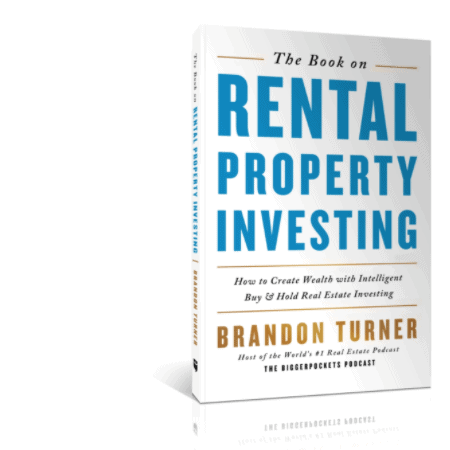[ad_1]
A recent report from Zillow highlights the U.S. affordability crisis creatively. Rather than just focusing on the rapid price growth in rents across the country over the past couple of years, the report zooms in on the average number of hours a renter has to work per week to afford rent.
The report shows a stark disparity in rent affordability between the hottest U.S. housing markets and those that have remained steady despite the countrywide pandemic rent growth trends.
It Takes 62.6 Hours To Afford Rent
First, let’s take a look at the averages. The typical U.S. renter now has to work 62.6 hours to afford the average U.S. rent of $2,040. Rents have grown at abnormally rapid rates since the pandemic started, with 17.2% average annual growth levels recorded in February 2022. And while the rental market has cooled somewhat since then, the current growth level of 9.6% (as of October 2022) still points to an affordability squeeze for renters that will take some time to ease off. Average wages are stagnating, and many renters are now opting to live with roommates or move in with family while they wait for the rental market to cool off enough to make renting sustainable.
However, the data has important details that point to a more complex picture of the U.S. rental market. These details also suggest that real estate investors shouldn’t freak out. Instead, they should carefully research their local market in order to understand how to price their rental units to make them more attractive to renters in their area.
It’s Been Like This For A Long Time
The average number of hours a renter has to work to afford rent hasn’t changed that much over the past decade. The U.S. rental market has been tough on renters for quite some time. A record high of 62.9 hours was recorded in 2015. So, while wages haven’t grown fast enough to keep up with the unprecedented rent hikes seen during the pandemic, the overall trajectory for renters has been positive. In fact, in some parts of the country, notably in St Louis, Missouri, wage growth has kept up with rent growth almost exactly (32.2% and 32.3%, respectively). Investors should research the labor markets in their areas before setting rent prices and rent increases.
Secondly, not all areas of the U.S. are seeing the growing requirement to work more and more hours to afford rent. The Midwest remains an affordable region for renters, with several major cities requiring substantially fewer hours per week than the hot markets of Florida or Texas. For example, the average renter in Milwaukee only needs to work 37 hours to afford rent.
A renter in Detroit needs to work 44 hours. That’s a stark contrast with the average renter in Miami who has to work a shocking 96 hours to afford their rent.
Conclusion
These numbers tell real estate investors that it is always crucial to research local market conditions to decide where to invest in rentals. An area largely unaffected by the rental affordability gap may yield an investor lower profits than a housing hotspot, but it will also deliver a steady income from a larger pool of renters who feel confident in their ability to rent long-term. By contrast, investing in real estate in a saturated rental market with sky-high rents will yield higher profits, but it also comes with the increased risk of having vacancies.
If you are a real estate investor located in an area where rent affordability is low, it may be worth your while to research nearby markets that are less saturated and are more affordable to renters. Often these are smaller cities away from major metropolitan areas. Even a small shift away from the ultra-popular cities could deliver you greater stability as an investor.

Find financial freedom through rentals
If you’re considering using rental properties to build wealth, this book is a must-read. With nearly 400 pages of in-depth advice for building wealth through rental properties, The Book on Rental Property Investing imparts the practical and exciting strategies that investors use to build cash flow and wealth.
Note By BiggerPockets: These are opinions written by the author and do not necessarily represent the opinions of BiggerPockets.
[ad_2]
Source link
